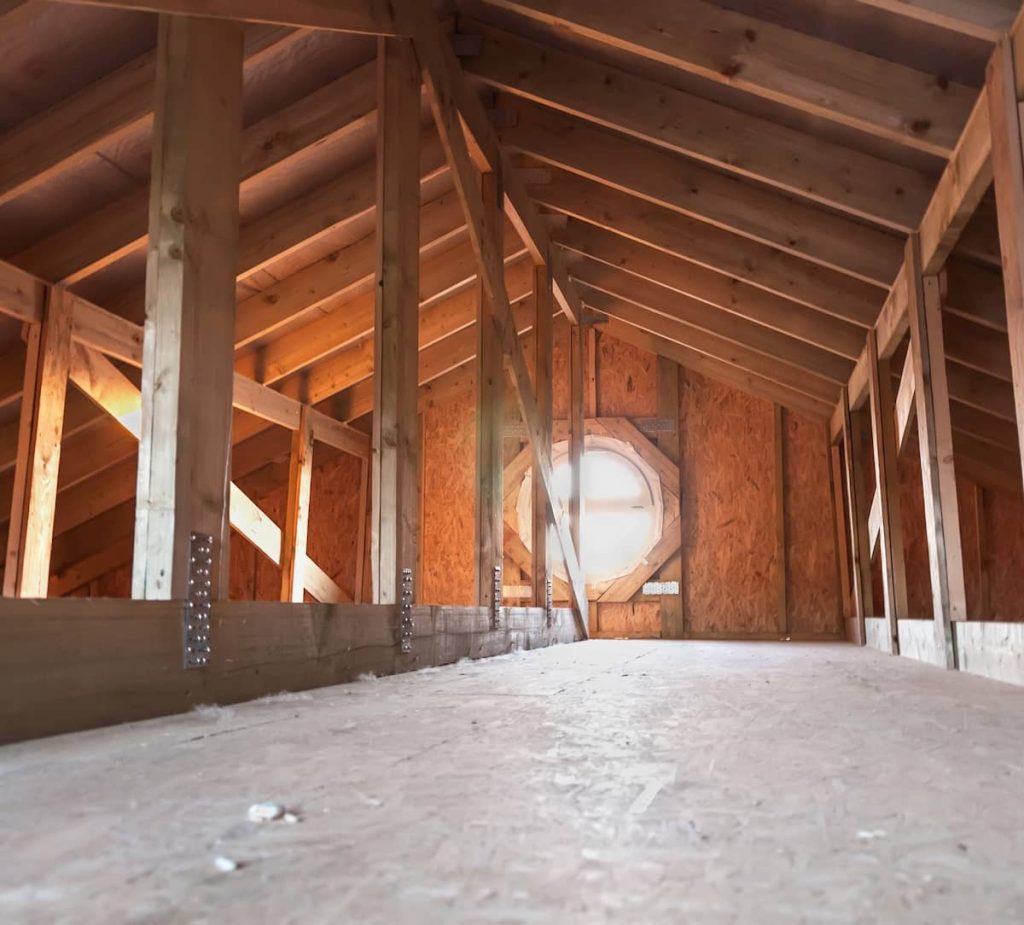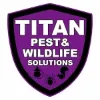There are major dangers to your health and a lot of damage that may happen when animals get into your attic. Rodents, squirrels, bats, and raccoons all leave behind urine, droppings, and nesting materials that need fixing right away. This article will walk you through the fundamentals of attic cleaning, including how to deal with the mess afterward and how to keep wildlife out in the future.

Understanding the Risks of Wildlife Infestations in Your Attic
Aside from being a potential health risk, wildlife in your attic may cause serious structural damage. To prevent more significant difficulties, it is crucial to handle these concerns swiftly.
Health Hazards Posed by Wildlife Droppings and Urine
Diseases may be transmitted by the urine, droppings, and saliva of wildlife such as raccoons, rats, and bats. Potentially dangerous microorganisms may be hiding in these materials. In the case of birds and bats, for instance, histoplasmosis may cause major lung problems; in the case of rats, hantavirus and leptospirosis can cause serious infections in their urine. Proper attic cleaning is an important first step in addressing these possible health hazards.
Structural Damage Caused by Common Pests
Damage to your home’s framework might also occur as a result of wildlife. Insulation, wiring, and even wooden beams are all fair game for squirrels and raccoons when it comes to chewing. Their nesting materials have the potential to obstruct air vents, leading to even more harm. Therefore, if you care about your home’s condition, you must remove wildlife and clean up after them.
Steps to Effectively Clean and Restore Your Attic
The cleansing procedure may begin after an infestation has been located. The most important things to remember while cleaning your attic are:
Conducting a Thorough Inspection
Before you begin cleaning the attic, make sure it is in excellent shape. Keep an eye out for anything like nests, gnawed objects, or droppings that could indicate wildlife activity. Find the potential sources of access that wildlife may have used to reach your attic. The extermination of wildlife and the forestalling of further incursions are both aided by this.
Safely Removing Contaminated Materials
Wear protective clothes, a mask, and gloves while handling potentially hazardous items. Because insulation can soak up liquids like pee and poop, it’s usually better to just get new insulation. When you find droppings or nests, be careful to use a vacuum with a HEPA filter to remove them securely. The propagation of dangerous particles may be aided by this.
Disinfecting and Deodorizing the Space
Thoroughly clean the attic after removing all harmful items. Kill dangerous germs and fungus using disinfectants certified by the EPA. There should be no trace of urine, excrement, or wildlife corpses left behind, therefore deodorizing the area is another necessary step. Doing this will make sure the attic is clean and smells good, which will keep wildlife away in the future.
Repairing Structural Damage and Sealing Entry Points
Check for structural damage, such chewed cables or damaged beams, in the attic after cleaning. Take quick action to resolve these concerns to stop them from becoming worse. Additionally, be sure to plug any openings that wildlife may use to reach your attic. This includes crevices around the roof, windows, and vents. In order to remove wildlife and keep your attic safe, it is essential to seal these access spots.
Preventing Future Wildlife Infestations
Once your attic is cleaned and repaired, the next stage is prevention. Implementing precautions to keep wildlife out is crucial to prevent repeating issues.
Implementing Exclusion Techniques
To keep animals out of your attic, you might use the exclusion method, which entails closing all possible entrance sites. Inspect the roof, pipes, and vents for any damage. Installing steel mesh over any gaps in your house can protect it from pests like insects and rodents. If you find any surviving animals in the attic, you may want to install one-way doors so they can go out but can’t get back in.
Maintaining a Clean and Unattractive Environment
Remove any potential food sources, rubbish, or old detritus from your attic to keep it clean. Securing garbage cans and cutting down trees in the neighborhood can make your property less appealing to pests, since wildlife tends to congregate around places that provide food or shelter. Be sure to check the attic for any new infestations on a regular basis.
Considering Professional Wildlife Control Services
Think about getting a professional wildlife control company to help you out if you’re not sure how to remove or clean up after animals. To remove animals, clean the attic, and seal access points in a safe manner, it is best to hire professionals. You can rest easy knowing your attic is safe when you hire a professional to complete the work.
Transform Your Attic into a Safe Space: The Essential Post-Infestation Cleanup Guide
While dealing with a wildlife infestation in your attic, it is imperative that you take prompt action to protect your health and property. To get your attic back in safe condition, you must clean it and remove any animals. Your property may be protected from future infestations if you clean up after them correctly and take precautions. If you want your attic problems solved properly, it may be time to call in the pros.
Titan Pest & Wildlife Solutions is the company to call if you need skilled attic cleaners and wildlife removal technicians. To keep animals out of your house, our crew offers solutions that are safe, practical, and permanent. To get your peace of mind back, give us a call immediately for an inspection and prompt service.

